Buy Caballito Cerrero Agave Chato Blanco 46 today from Old Town Tequila.
Normally we wouldn’t be writing about tequilas because, well, this is a mezcal blog and, despite our ecumenical spirit, we do tend to focus on the traditional mezcal world. But we do get out of our lane—increasingly so—and the story of Caballito Cerrero is a perfect opportunity to dive into a story that informs the wider world of Mexican spirits, past and present.
Caballito Cerrero tequila was a long-time standard in Guadalajara. But today, as the brand enters the US market, it’s no longer using “tequila” on its bottles. Caballito Cerrero is an uncertified tequila, probably the only uncertified tequila to be imported into the US. And this has caught people’s attention.
First, a little history
Once upon a time Caballito Cerrero was a bona fide tequila with a very long list of admirers. It was founded in 1950 by Don Alfonso Jiménez Rosales who previously co-founded Herradura so, as with many things in the tequila world, the DNA is complex. The story goes that there was a family dispute and Don Alfonso struck out on his own. His chosen brand name says something about how he saw himself: Caballito Cerrero means a horse who doesn’t need horseshoes. It’s both a term and a play on the Herradura name, which means horseshoe. Caballito Cerrero, a horse that doesn’t need Herradura, get it?
His father-in-law, Maximiano Hernandez, had been building a distillery in a valley outside of Amatitan, one of the main tequila producing areas in Jalisco. When he died, Don Alfonso purchased it from Maximiano’s descendants. Don Alfonso rechristened the distillery as the Santa Rita distillery and got to work making a tequila to his taste. The fact that Santa Rita was founded by another family member made the acquisition all the sweeter; it brought a historic distillery back into the family.
But Santa Rita’s roots in the tequila industry run much deeper. Just a few hundred feet down the road you can find the Cielo Abierto, or open sky distillery, the oldest known tequila distillery, which dates back to the 16th century. Today, it’s an archeological site owned by the Jiménez family and recognized by UNESCO. It’s a microcosm of agave spirits in Mexico. More on that in another article.
Caballito launched and prospered. It was sold out of one of Guadalajara’s historic cantinas named El Cerrero or Ippodromo, which sadly closed in 2015. It was known not only as the place to buy Caballito but also for generous caballitos more than double the normal size. (In Jalisco, a caballito means a shot—but it doubles as the word for a drinking vessel made from a hollowed out bull’s horn. Everything in Jalisco feels infused with vaquero traditions.)
Don Alfonso’s son continued the tradition, and the family operates the business to this day. It is one of the few distilleries in the tequila world that doesn’t contract distill for anyone else, and the Jimenez family takes the idea of their ownership very, very, seriously. When I spoke with Don Alfonso’s grandson, Javier Jiménez, that was clear: He told me “Our origin as producers is very old. Today we are the 14th and 15th generations working together to maintain the agave traditions. We are one of the few families that have a direct line to the producers of vino del mezcal of the 1600s.”
When I recently visited Santa Rita and interviewed their manager, Rosario, that impression was only enhanced. He knows that he’s part of a historic project and is focused on keeping the tradition alive without diluting it.
Needless to say, that’s quite a history. I’m looking forward to reading Jiménez family research on the topic. His uncle is digging through the Spanish archives from the conquest and finding illuminating documentation about the family, as well as tequila’s history and relationship with pre-Columbian societies.
What does Destilado de Agave mean?
The full title on the brand’s current label is “Caballito Cerrero Destilado de Agave.” Destilado de Agave literally means “distilled from agave” and is a catch-all label for any agave spirit which isn’t part of an appellation. (Currently there are four official agave spirit appellations in Mexico: mezcal, tequila, bacanora, and raicilla. Sotol also has an appellation but isn’t technically an agave distillate, even though agaves are frequently distilled with it—you can discuss that further over a copita at a bar.)
Agave spirits that can’t or don’t want to be certified by those bodies are called “destilados de agave” or, for the American TTB (the government agency responsible for regulating alcohol), they are classified as “agave spirits.” This category is wide and varied. Right now it is full of high-quality labels, mostly from Mexico, but theoretically can include an agave spirit from anywhere—including the varieties being made in California. I’ve delved into the larger question of destilados in another article so you can catch up on all the details there.
Caballito’s move to “destilado” is being scrutinized by everyone in the agave spirits space because there’s a very real question about the value of terms like “tequila” and “mezcal” on the international market. In purely financial terms, if you could make your agave spirit and avoid paying the overhead to get certified, and that could make a huge change to your bottom line. In cultural terms, asserting ownership over “tequila” and “mezcal” is a huge issue for many people. And then there’s the issue of taste: Historically tequilas were made very differently, so their flavors and aromas reflected that. For many, that’s something worth fighting for.
All that said, it is possible that Caballito Cerrero move represents something more. Perhaps it won’t completely redefine tequila—after all people love their margaritas and major tequila producers are happily churning out bottles to slake that thirst. But there is also a growing group of people who want to drink something unique, who like the flavor of agave spirits and are willing to pay for it. The general trend defining the spirits business is a move toward quality and elevated prices, and the people buying quality aren’t wedded to brand names. If Caballito’s example works, other brands may follow.

Big picture: The label of “destilado de agave” hasn’t been a big issue until very recently. In the mezcal world, this is about a battle with bureaucracy for cultural heritage. The term is generic: You can go anywhere in Mexico, and people will say ‘let’s have a mezcal,’ referring to whatever agave spirit is around. It also has something to do with culture. Mezcal is steeped in local traditions and all the different mezcals reflect them. And it definitely has a lot to do with money: Until recently mezcal was a relatively small business, but tequila has been an absolutely massive business for some time, so it’s made much more sense to get certified as a tequila and cash in. But all of this may be changing.
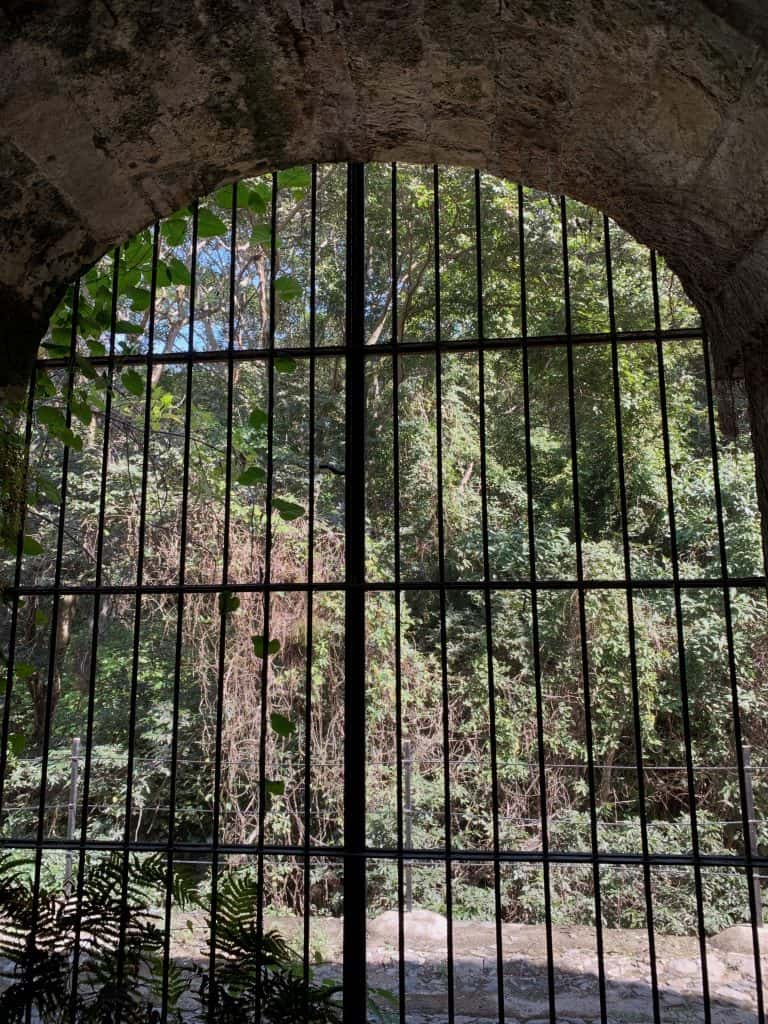
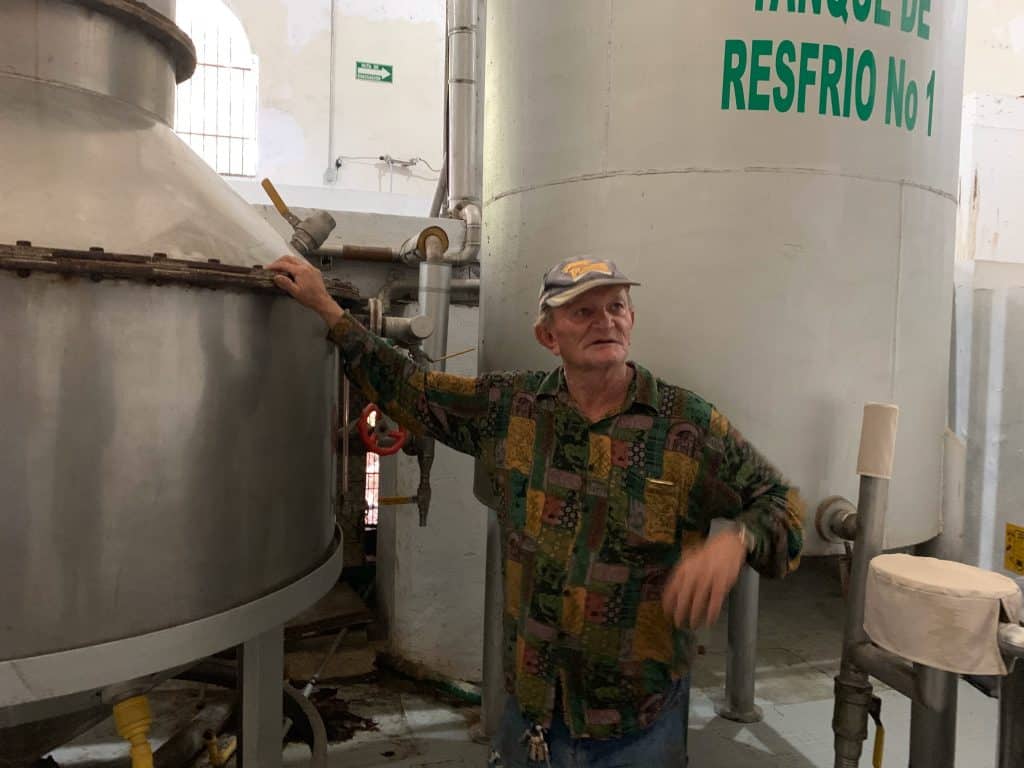
So why isn’t Caballito calling itself a tequila?
The simple answer is that it wants to continue making a very traditional type of tequila and the way that the term “tequila” is defined legally in Mexico does’t allow for that.
The theory was always that the tequila world was different because the value of the term “tequila” is so high that any brand would just be dumb not to get certified. The arguments are many but boil down to two:
- The margarita is the most popular cocktail in the world and it’s made with tequila.
- Until recently consumers only asked for one agave distillate by name. You’d hear “give me a shot of tequila”; maybe they’d specify the label—“Give me a shot of 7 Leguas.”
All that means that the term “tequila” was powerful and valuable so any label would really want to be part of its appellation. How powerful and valuable? In 2018, tequila was an estimated $4.6 billion industry; mezcal is 2% of that size.
I asked Jiménez point blank about the decision to remain a destilado and he portrayed it as a choice to go it alone and preserve their tradition:
“We decided to become a destilado, because we feel that is the only way to really respect the agave traditions and our identity as a producer. Caballito Cerrero is a unique product and to keep it that way, we have to dispense with the tequila word.”
If you dig into the specifics, you get a picture of an upside-down world where the official definition of tequila is the opposite of what it used to be. While tequila is now globally branded as “100% blue agave,” historically tequila was made from a variety of agaves and that’s part of what Caballito is going back to.
The first Caballito bottle on the market makes this very clear: It is made from an agave colloquially known as Chato but in linnaean taxonomy is really Agave angustifolia (it’s worth pointing out that this is a close cousin to the espadin, the agave that is used to produce most mezcal – the connections between Mexican agave spirits are very tight indeed). All that 100% Blue agave marketing about tequila? That only really came into force in 1978 when the CRT formally defined the appellation. Before that blue agave was generally used in tequila but distillers added other agaves depending on their tastes and what was ripe at the moment.
The change in the appellation actually changed the tradition to make marketing tequila easier. It’s a backward, tail-wagging-the-dog sort of thing that was wildly successful economically while wiping out a set of traditions and flavors that can now only be labeled as historic because you’re stuck chasing down old bottles or chatting with older producers to get a hint of what tequila used to be.
But it’s crazier than that. In talking to Jiménez, limitations on agave type were one thing, but he points to a larger more insidious pressure from the CRT to conform and produce at volume instead of highlighting unique flavors and ideas. That is, it seems like the CRT is pushing to do the opposite of what an appellation normally does. Generally an appellation will say that you have to use a certain mixture or minimum amount of a raw material in a product. This can get really detailed, as it does in wine appellations, where they specify not only the proportion of grape varieties but also the maximum yield per acre, which is designed to ensure quality.
Champagne may be the most well known because it has succeeded so well at branding itself as unique, something the CRT clearly wants for tequila, but the Champagne appellation strictly restricts the volume of grapes per acre and does a variety of other things like limiting the amount of juice you can get out of a press and, of course, ensuring that this is all done by hand instead of using any chemical or industrial extraction methods. Individual Champagne producers strive to make a wine that highlights their terroir, grapes, and identity. These definitions are often debated but were put in place to recognize a traditional product so that it would stay that way in the global market thus retaining a cultural tradition and branding it for the world. The CRT took this model and turned it on its head by insisting that all tequilas be, in essence, mass produced.
Jiménez is very clear about this: “The CRT is not interested in supporting unique products.” He went on to discuss how there are implicit and explicit pressures to produce more or to avoid older production methods like open fermentation and tahona crushes, and how the CRT doesn’t support smaller brands. So, instead of toeing the line and getting certified, the Jiménez family has taken Caballito down a radically new but really radically traditional track. They decided that instead of making an industrialized product defined by the CRT for a global market at a maximum instead of minimum level of quality, they’d keep doing things in their traditional fashion.
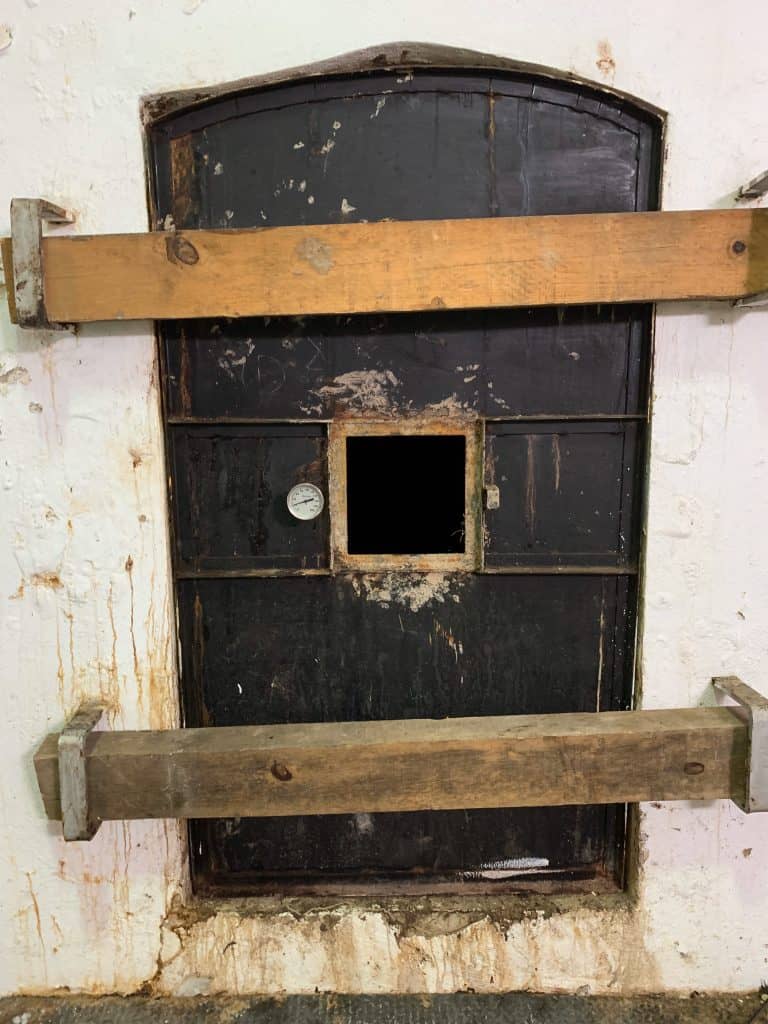
The Caballito way
Because, the way that Caballito does things is really radically different from most in the tequila industry.
First, they’re very small. They don’t distill for anyone else which is incredibly rare in the tequila world.
Second, their tequila is the fruit of estate grown agave. Almost everyone else buys off the market but Caballito is the product of a closed cycle. As Jiménez told me “It’s very important to have that. The market price of agave is very nice. If it’s a better business maybe I’ll only sell agave and small amount of destilado. That way you can always comply with your own idea of quality.”
Third, they’re really focused on traditional, small batch production. The Santa Rita distillery is a model of classic engineering and distilling tradition. All the water comes directly from an uphill spring, agaves are dropped into steam powered ovens, crushed mechanically, fermented with proprietary yeasts, and distilled in small pot stills. And, they only distill a few times a year.
As Jiménez says:
“There is no secret in our process, we use agave maduro (mature agave), a brick oven, a roller mill, seven day fermentation in stainless steel – we prepare our own yeast, and distillation in stainless steel and cooper. It takes a lot of time and patience.
In our opinion, the main difference with the others are the ethic that we have when we make our destilados, the time we take, we don’t hurry, and the very unique geography of our factory, Santa Rita has been producing destilados for the past 145 years.”
This sounds distinctly like any craft: It’s really about respecting the raw material, the process, and the tradition. And especially giving it time. Traditional mezcal is made this way and, despite all the craft washing out there, many craft beverages are still made with tremendous respect to the traditions that got them there. It’s an integral part of the marketing of all these things but more importantly, it’s a clear bridge to the past and a historical taste. And Jiménez is clear about how that works:
“We have seen that happen to a lot of people in this industry, they start with something distinct but business causes them to change price, compete with bigger companies, reduce costs, end up with a less distinct product.”
As part of this, there is very little Caballito produced. Its price is incredibly reasonable considering the artisanal production methods, quality, and standards inherent in its production. It really is unique.
This is a huge deal politically, it’s a real bombshell in the world of tequila which is causing tremors throughout the world of Mexican spirits. To my knowledge, no one else has tried this route in the tequila world possibly because they couldn’t even conceive of it as a path, possibly because the financial incentives made it seem like a ridiculous choice. Craig Reynolds did something similar with Dos Volcanes which is made from blue agave grown on his land in Colima and distilled at a tequila distillery in Jalisco but technically that’s not part of the appellation even if it shares the same plant, terroir, and flavor set. He also reminded me that Revel is doing the same thing in Morelos. But otherwise it’s been pretty rare while plenty of people are trying this route in the traditional mezcal world. That trend obviously grabbed the attention of the people in charge of tequila and mezcal because their regulatory bodies recently said they’d fight against the destilado category. The fact that this is the issue that brought these two potentially antagonistic bodies together is telling.
Is this a trend?
But really, are more tequilas going to follow Caballito down this path? Jiménez doesn’t think so. He doubts that anyone in the tequila industry will follow. “Some wish to do it but they don’t have what it takes,” he says. We’ll see but for now they have great support. Everyone I know in the tequila world is incredibly excited to see them on the market. The juice is the proof and it’s great. Bartenders, tequila aficionados, and the mezcal world loves it.
Perhaps the biggest problem is what to call it. Laws being laws, they create definitions and borders without regard to how we really live. My guess is that you’re going to be hearing plenty of bartenders and liquor store staff craft an entire pitch around how this is a NATINO or “not a tequila in name only” before they launch into some of the explanation of the appellation and destilado de agave labeling.
Does the market care?
The funny thing about all of this is that it may not make a huge difference in major tequila markets like the U.S. When I see Caballito Cerrero in retail stores, it’s parked right there in the tequila section. At bars as well. And no one, not the store clerks, nor the bartenders, nor the buyers seem to really notice or care. This may all change at some point but given everything else going on in these industries – the difficulties of cross-border trade agreements and tariff battles to name just two – it may be quite some time until something changes. In the meantime, enjoy Caballito Cerrero for the great tequila that it is and look out for others like it.
Buy the Caballito Cerrero Agave Chato Blanco 46 today from Old Town Tequila.

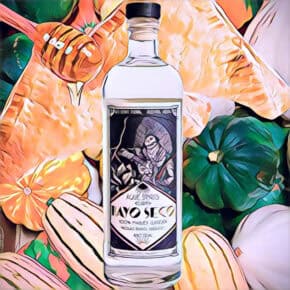

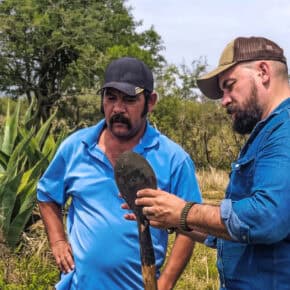








Very nice article guys!
This product indeed sets the curse to have a deeper discussion about agave spirits and the denominations of Origin that often don´t hold the hole picture of the diverse categories.
Where can I actually buy a bottle in Guadalajara?
Check out Mezonte/Para de Sufrir as they should be carrying it.
Hello – you might contact Javier Jimenez directly – especially if a quantity and/or shipping within Mexico. I would suggest the same if one was set on going to the distillery. It is out of town and off the beaten path. (Best suggestion is do not attempt without an appointment and appropriate transportation! It is Not on pavement)
Informative and well written. Thanks.
Busca caballito cerrero en facebook y entra a su messenger a preguntar posus artículos
Con los cambios en el Face es posible que algo pasó con su mensaje en messenger – nunca recbilo. Mandame un mensaje a susan@mezcalistas.com con sus preguntas. Gracias!
I’m a huge fan of Caballito Cerrero, I have been enjoying it for a couple years now and have purchased the Blancos , Reposados, 5 year anejos and even a vintage 7year .
Hi Simon – That’s great to hear! I don’t think I’ve tasted that seven year old añejo so I’ll have to keep an eye out for it next time I’m in Guadalajara.
Max
Max who is the importer?? thanks henry
Heavy Metl is the importer.